Photos: Underwater Google Street View Reveals Stunning Corals
Coral Reef Street View
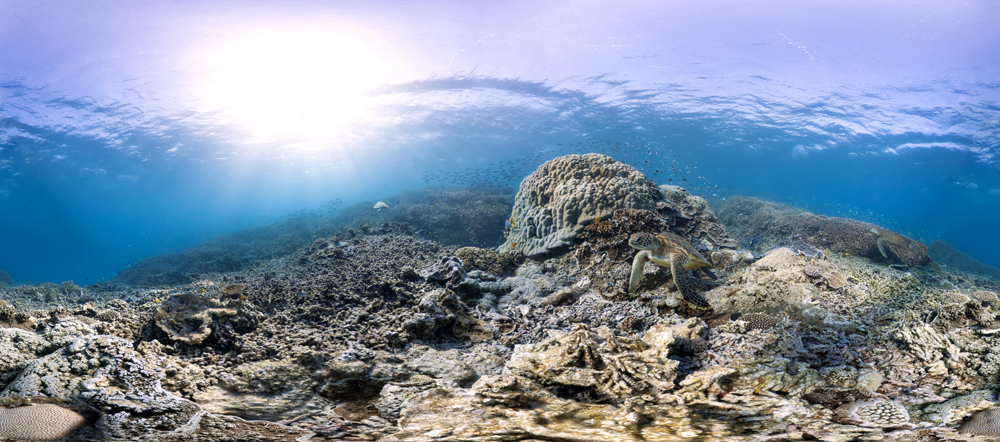
Google Maps has teamed up with the Catlin Seaview Survey to create 360-degree panoramas of coral reefs around the world.
Coral Reef Health
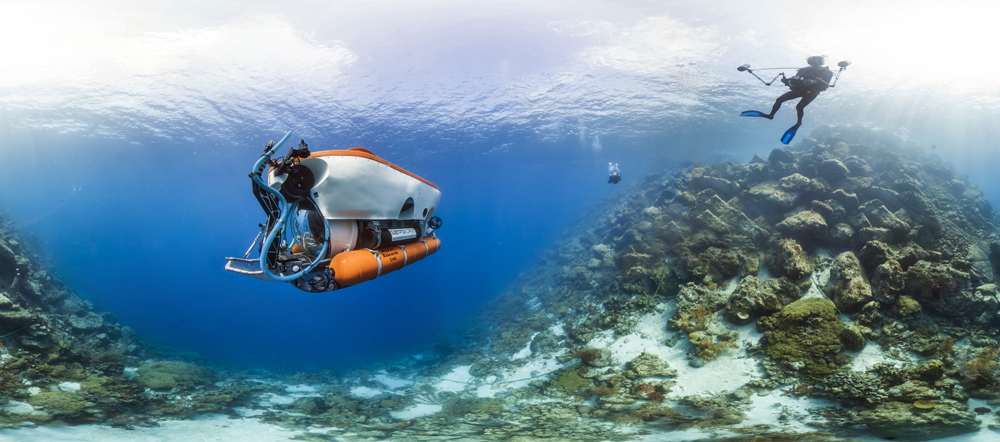
The underwater images will help researchers measure the health of coral reefs.
Great Barrier Reef
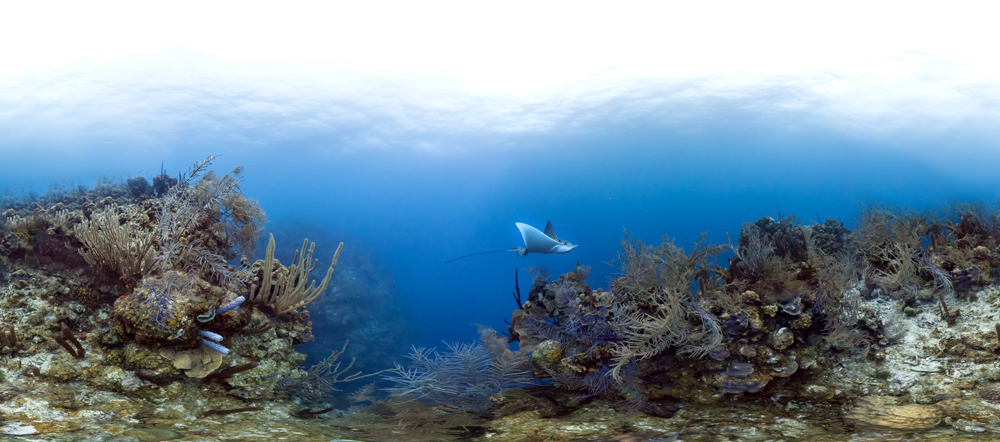
The team has explored the Great Barrier Reef off the coast of Australia and is currently exploring the southern Caribbean.
Dying Coral
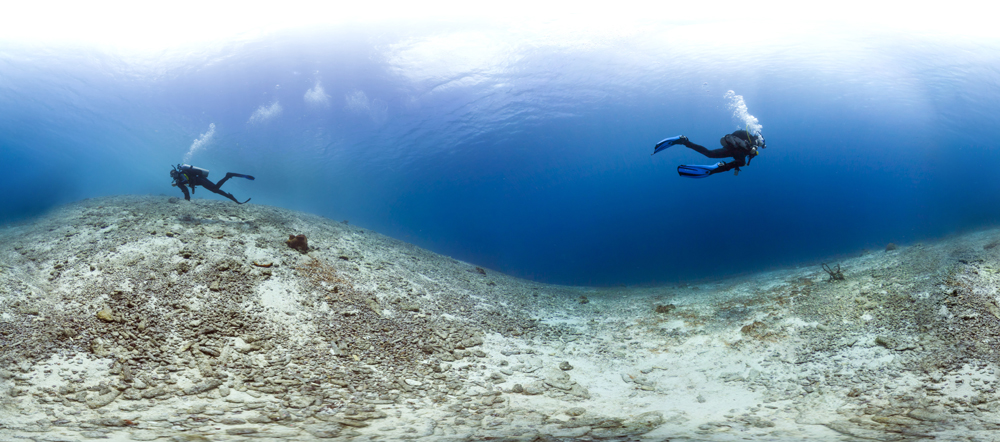
Climate change and coastal development pose a serious threat to coral reef ecosystems.
Underwater Cameras
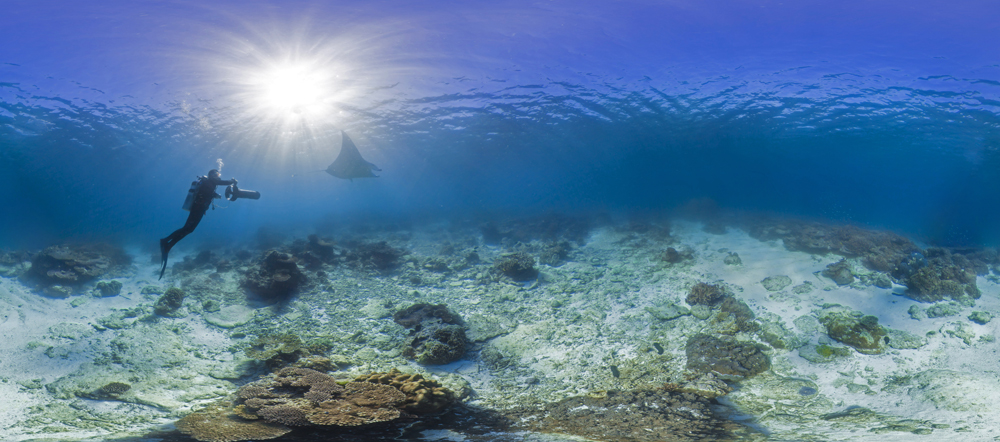
A human-driven underwater scooter equipped with sophisticated cameras is used to capture the photos.
Virtual Exploration

Anyone with Internet access can virtually explore these vibrant coral reef environments.
Coral Reef Life
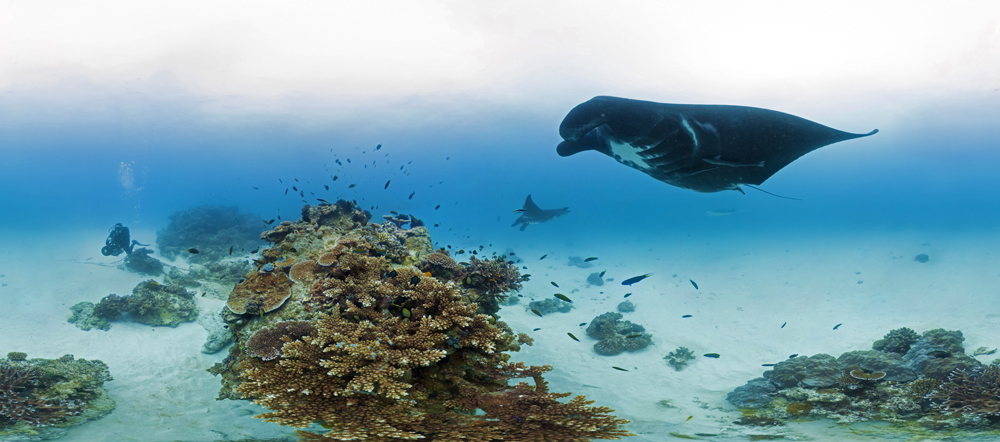
Coral reefs are home to many different species, including tropical fish and manta rays.
Get the world’s most fascinating discoveries delivered straight to your inbox.
Overfishing
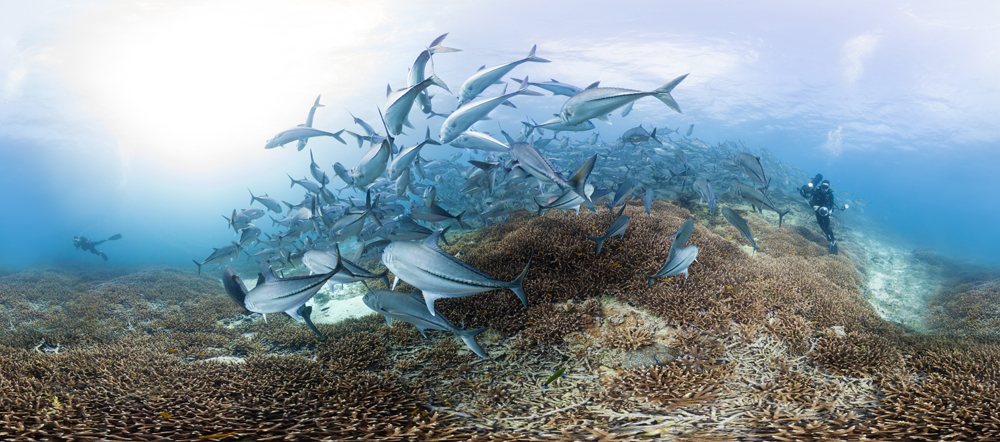
Overfishing is taking a toll on reefs, which depend on fish to keep algae populations in check.
Mammal Life
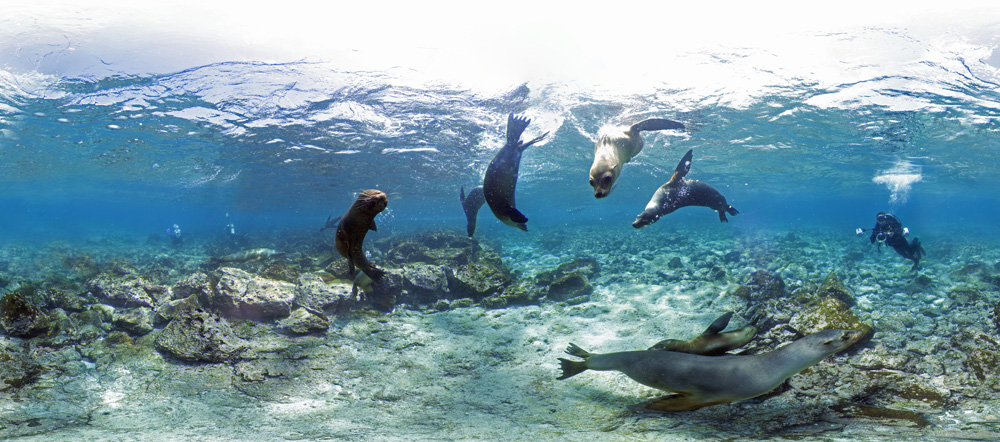
The reef is home to mammals as well.
Citizen Scientists
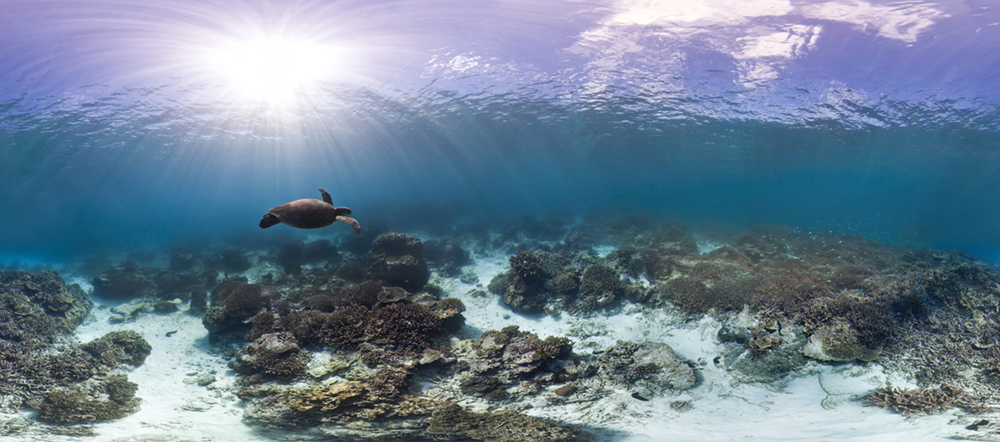
Regular citizens can help scientists keep track of the wildlife that call the reefs home.
Image Recognition
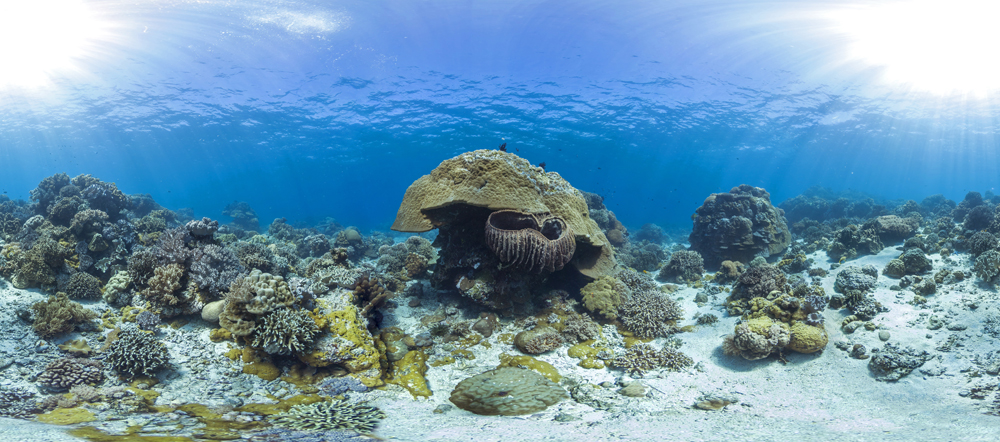
Scientists are using image recognition software to identify corals and other organisms.



